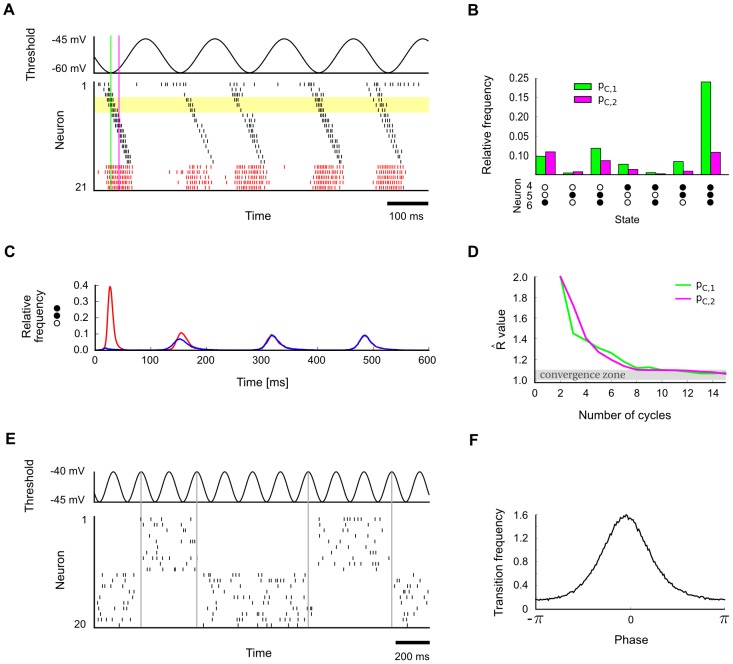Figure 4. Emergence of phase-specific stationary distributions of network states in the presence of periodic network input.
A. A network with a built-in stereotypical trajectory is stimulated with a  background oscillation. The oscillation (top) is imposed on the neuronal thresholds of all neurons. The trajectories produced by the network (bottom) become automatically synchronized to the background rhythm. The yellow shading marks the three neurons for which the analysis in panels B and C was carried out. The two indicated time points (green and purple lines) mark the two phases for which the phase-specific stationary distributions are considered in panels B and D (
background oscillation. The oscillation (top) is imposed on the neuronal thresholds of all neurons. The trajectories produced by the network (bottom) become automatically synchronized to the background rhythm. The yellow shading marks the three neurons for which the analysis in panels B and C was carried out. The two indicated time points (green and purple lines) mark the two phases for which the phase-specific stationary distributions are considered in panels B and D ( and
and  into the cycle, with phase-specific distributions
into the cycle, with phase-specific distributions  and
and  , respectively). B. The empirically measured distributions of network states are observed to differ significantly at two different phases of the oscillation (phases marked in panel A). Shown is for each phase the phase-specific marginal distribution over 3 neurons (4, 5 and 6), using simple states with
, respectively). B. The empirically measured distributions of network states are observed to differ significantly at two different phases of the oscillation (phases marked in panel A). Shown is for each phase the phase-specific marginal distribution over 3 neurons (4, 5 and 6), using simple states with  . The zero state (0,0,0) is not shown. The empirical distribution for each phase
. The zero state (0,0,0) is not shown. The empirical distribution for each phase  was obtained from a single long run, by taking into account the network states at times
was obtained from a single long run, by taking into account the network states at times  , etc., with cycle length
, etc., with cycle length  . C. Illustration of convergence to phase-specific stationary distributions. Shown is the relative frequency of subnetwork state (1,1,0) on the subset of neurons 4,5 and 6 over time, when the network is started from two different initial states (red/blue). In each case, the state frequency quickly approaches a periodic limit cycle. D. Convergence to phase-specific stationary distributions takes place within a few cycles of the underlying oscillation. Shown is the multivariate Gelman-Rubin convergence analysis to the phase-specific stationary distribution for two different phases. E. Bi-stable network under the influence of a
. C. Illustration of convergence to phase-specific stationary distributions. Shown is the relative frequency of subnetwork state (1,1,0) on the subset of neurons 4,5 and 6 over time, when the network is started from two different initial states (red/blue). In each case, the state frequency quickly approaches a periodic limit cycle. D. Convergence to phase-specific stationary distributions takes place within a few cycles of the underlying oscillation. Shown is the multivariate Gelman-Rubin convergence analysis to the phase-specific stationary distribution for two different phases. E. Bi-stable network under the influence of a  background oscillation. F. In response to the periodic stimulation, transitions between the two attractors (modes) become concentrated around a specific phase of the distribution.
background oscillation. F. In response to the periodic stimulation, transitions between the two attractors (modes) become concentrated around a specific phase of the distribution.

